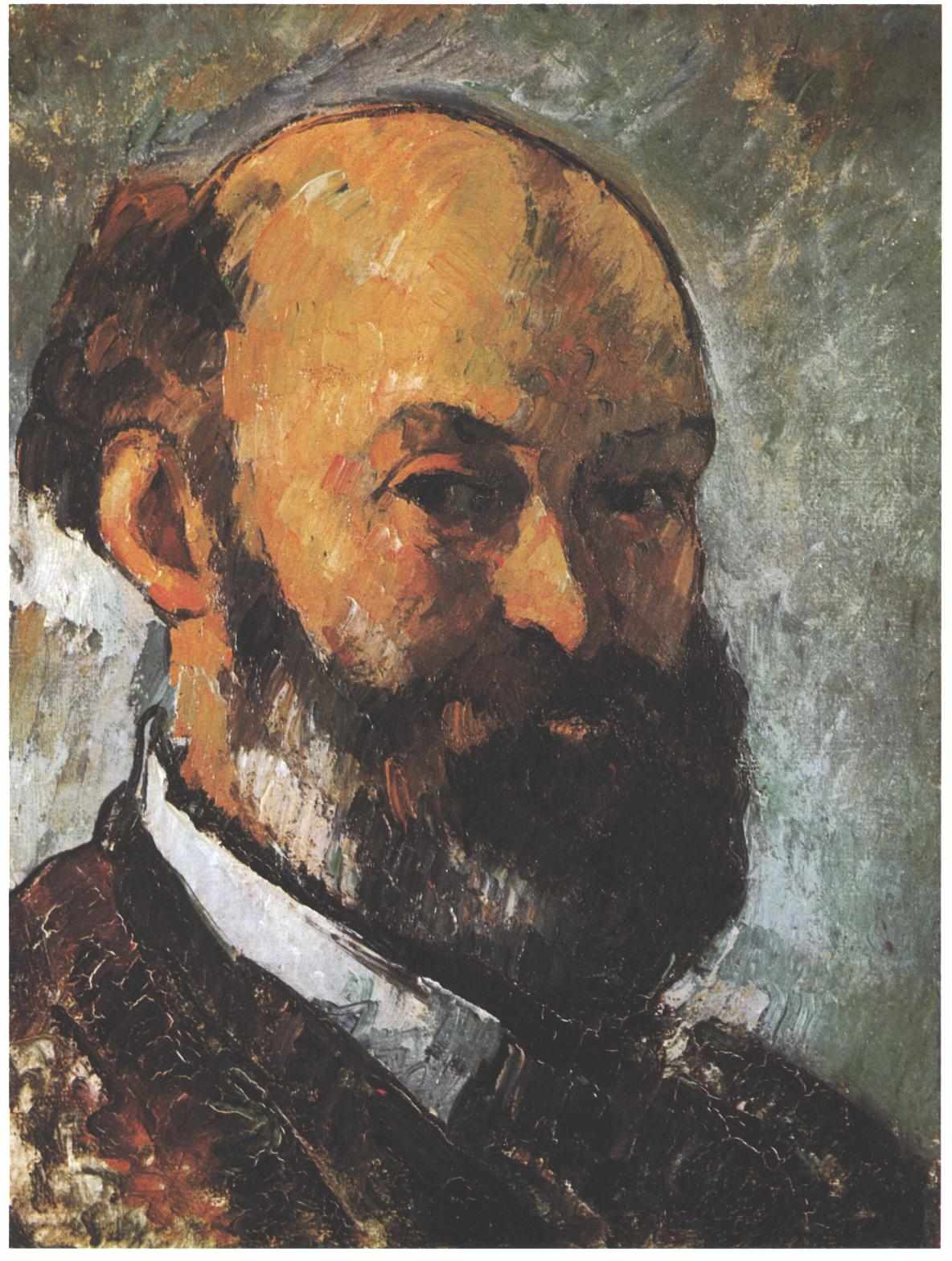



Leda and the Swan
oil on canvas • 59.7 x 74.9 cm
Leda was admired by Zeus, who seduced her in the guise of a swan. As a swan, Zeus fell into her arms for protection from a pursuing eagle. Their consummation, on the same night as Leda lay with her husband Tyndareus, resulted in two eggs from which hatched Helen—later known as the beautiful "Helen of Troy" — her sister Clytemnestra (later wife to Agamemnon), and two boys - Castor and Pollux (also known as the Dioscuri, and sometimes spelled Kastor and Polydeuces). Which children are the progeny of Tyndareus, the mortal king, and which are of Zeus, and are thus half-immortal, is not consistent among accounts, nor is which child hatched from which egg. The split is almost always half mortal, half divine, although the pairings do not always reflect the children's heritage pairings. Usually it is Helen and Polydeuces who are portrayed as being immortal.
 Paul Cézanne
Paul Cézanne